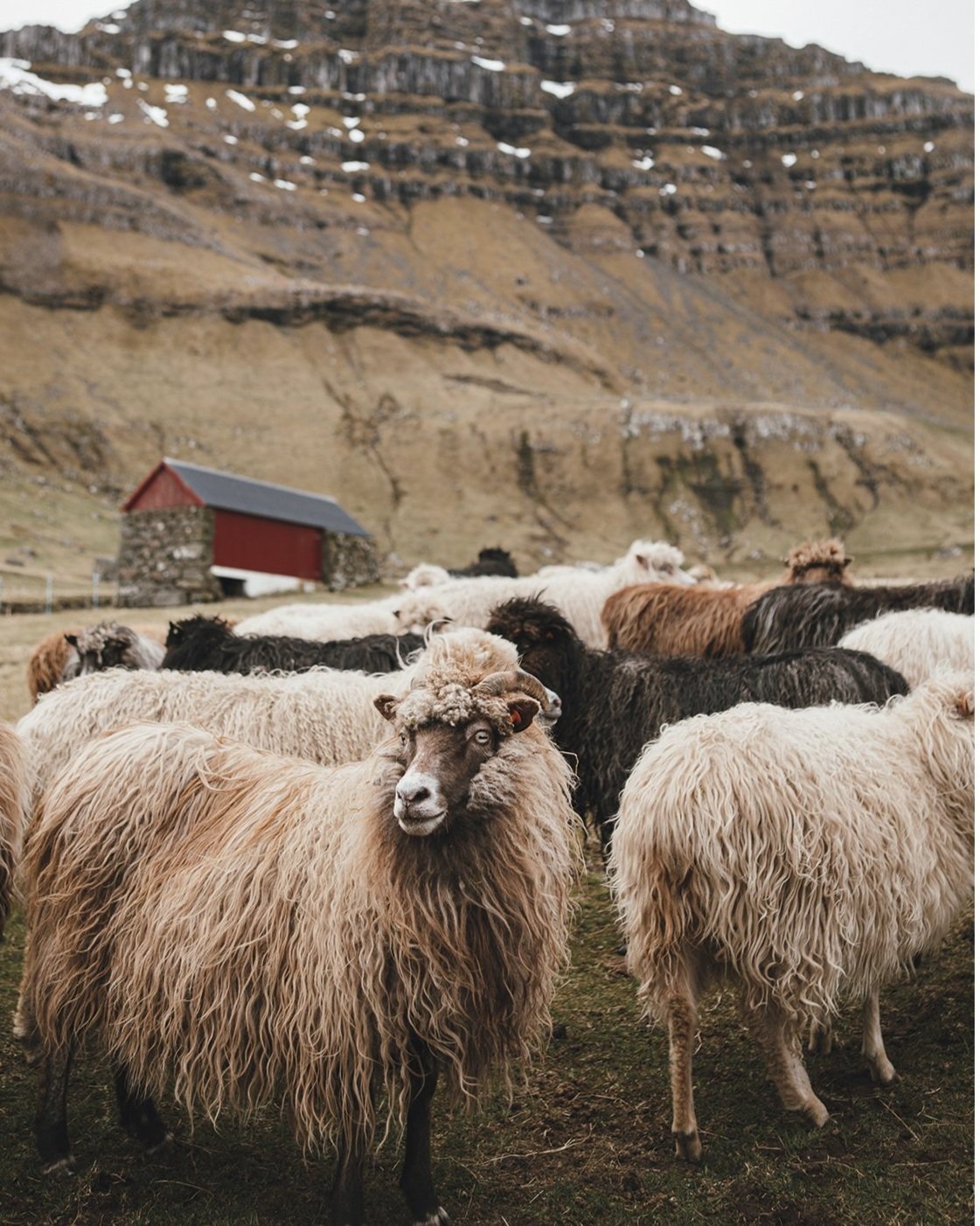
Faroese sheep and its wool
The Faroe Islands are named for the sheep the Viking settlers found when they arrived, and where the sheep still far outnumber the people today. For over a thousand years, sheep have grazed on the Faroese mountains.The Faroese wool is double-coated. A very fine inner coat and a more rough and long-haired outer coat. The coarse outer layer of guard hair (the ‘broddur’) leads the wind and rain off and thus protects the sheep's body while the soft inner layer allows it to breathe and keeps it warm. When these layers are combined in the wool, you get a warm, weather-resistant sweater, but if the outer layer (the ‘broddur’) is removed, the ‘nappað’ wool is soft, warm and perfect for e.g. underwear. photo: Kirstin Vang
The Faroese sheep, a Northern European short-tailed sheep, is a small and hardy breed. They have a light but strong bone structure, which makes them ideal for the steep mountainous terrain, which in turn naturally provides for all their dietary needs. This breed has wool in many different colours – white, grey, light and dark red, chestnut brown and black or some mixture of thereof. The flocks divide into small groups ranging and grazing across wide pasturelands. They are seasonal breeders and most commonly produce one offspring per season. The ewes weigh around 45 pounds (20 kilograms) when mature, and rams weigh about 45-90 pounds (20-40 kilograms).The origin of the Faroese breed is believed to stem from the sheep brought to the Faroese Islands by Norse settlers during the Viking age. During the 17th century, however, the number of sheep decreased to a point where it became necessary to import sheep from Iceland and the Scottish Isles. This proved favourable, and during the 1840s more Scottish sheep were brought in to mix with the local breed. This mixture produced more meat and better wool.

